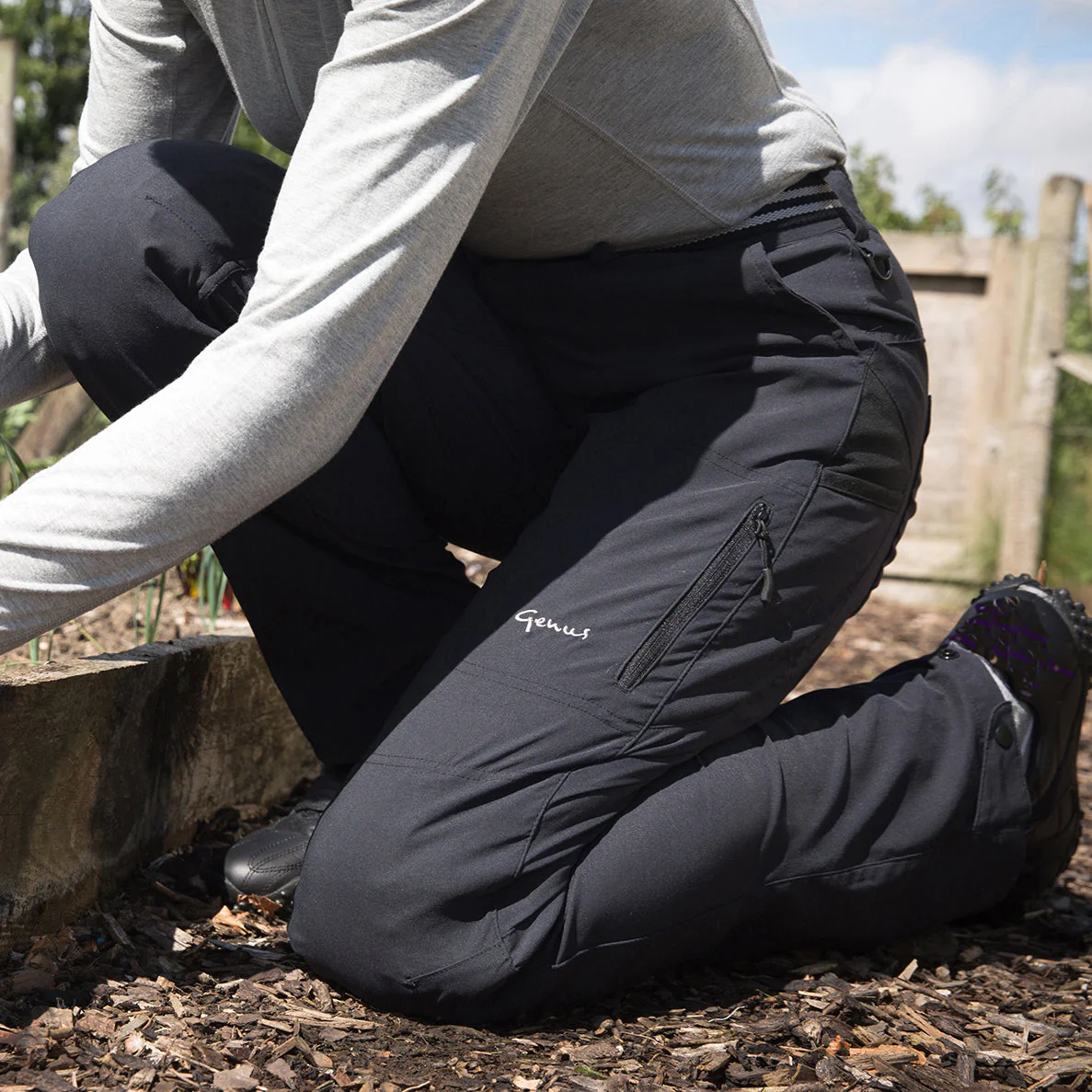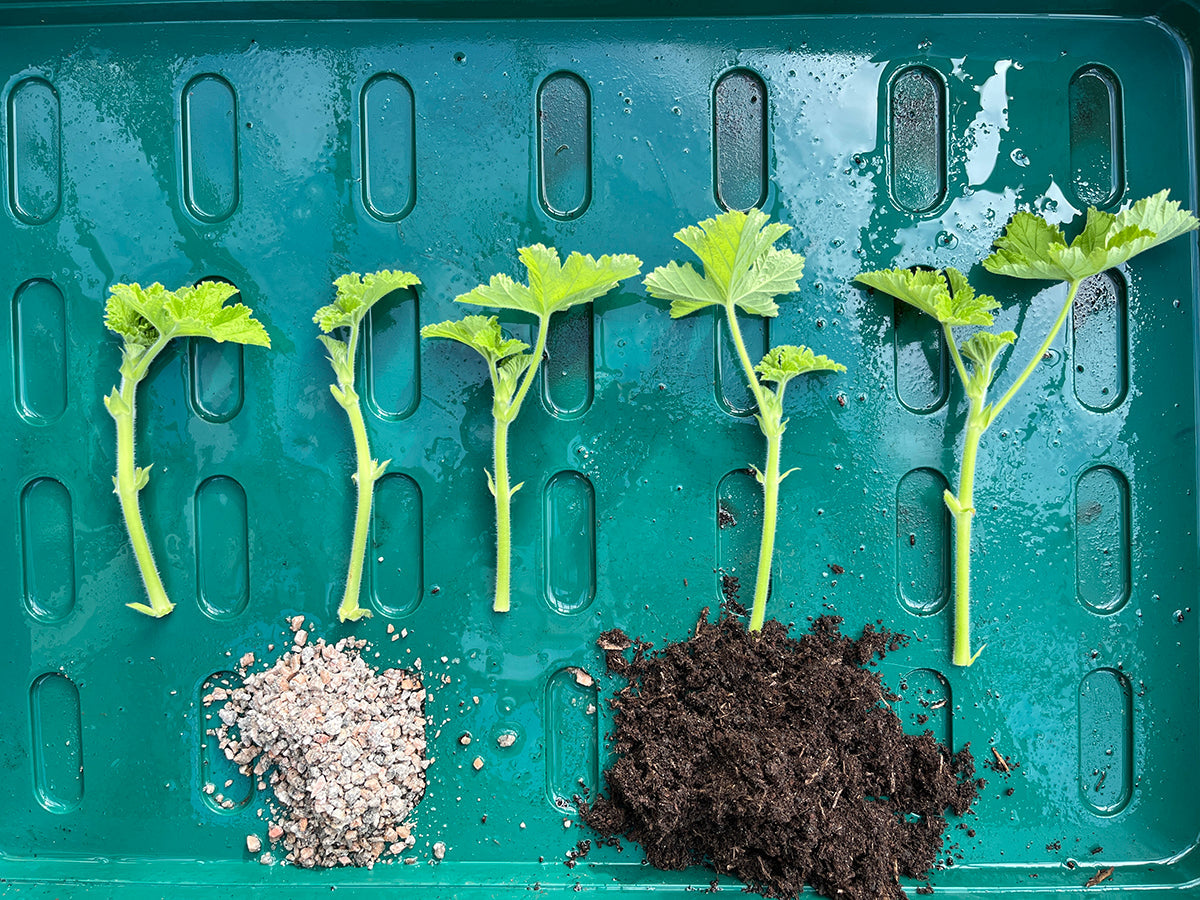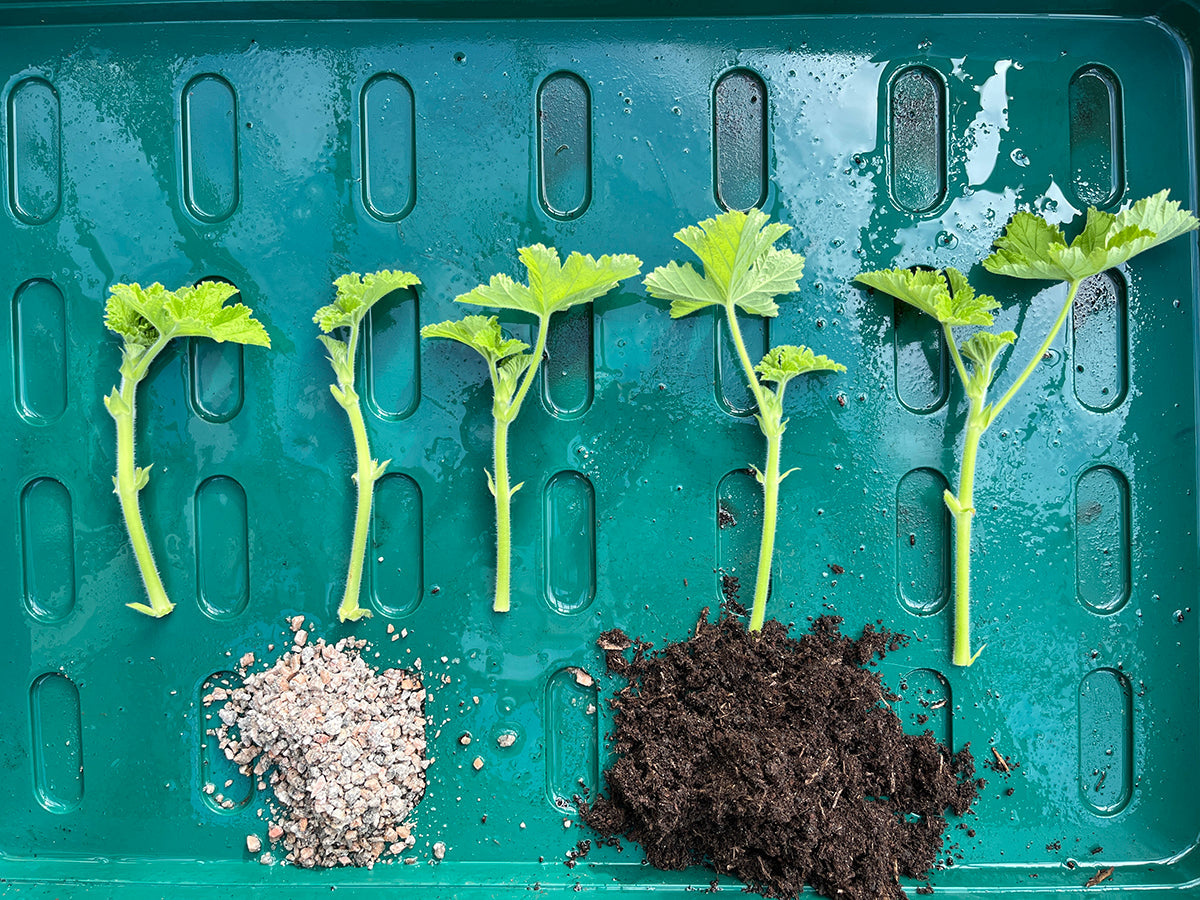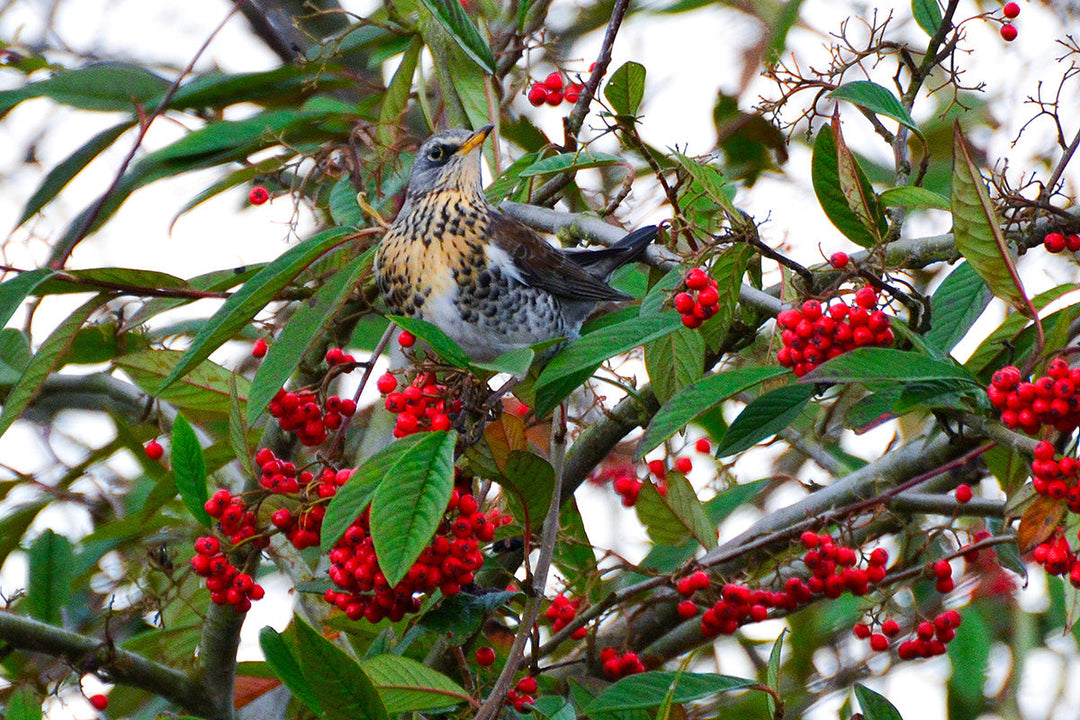Wedding day at Genus HQ
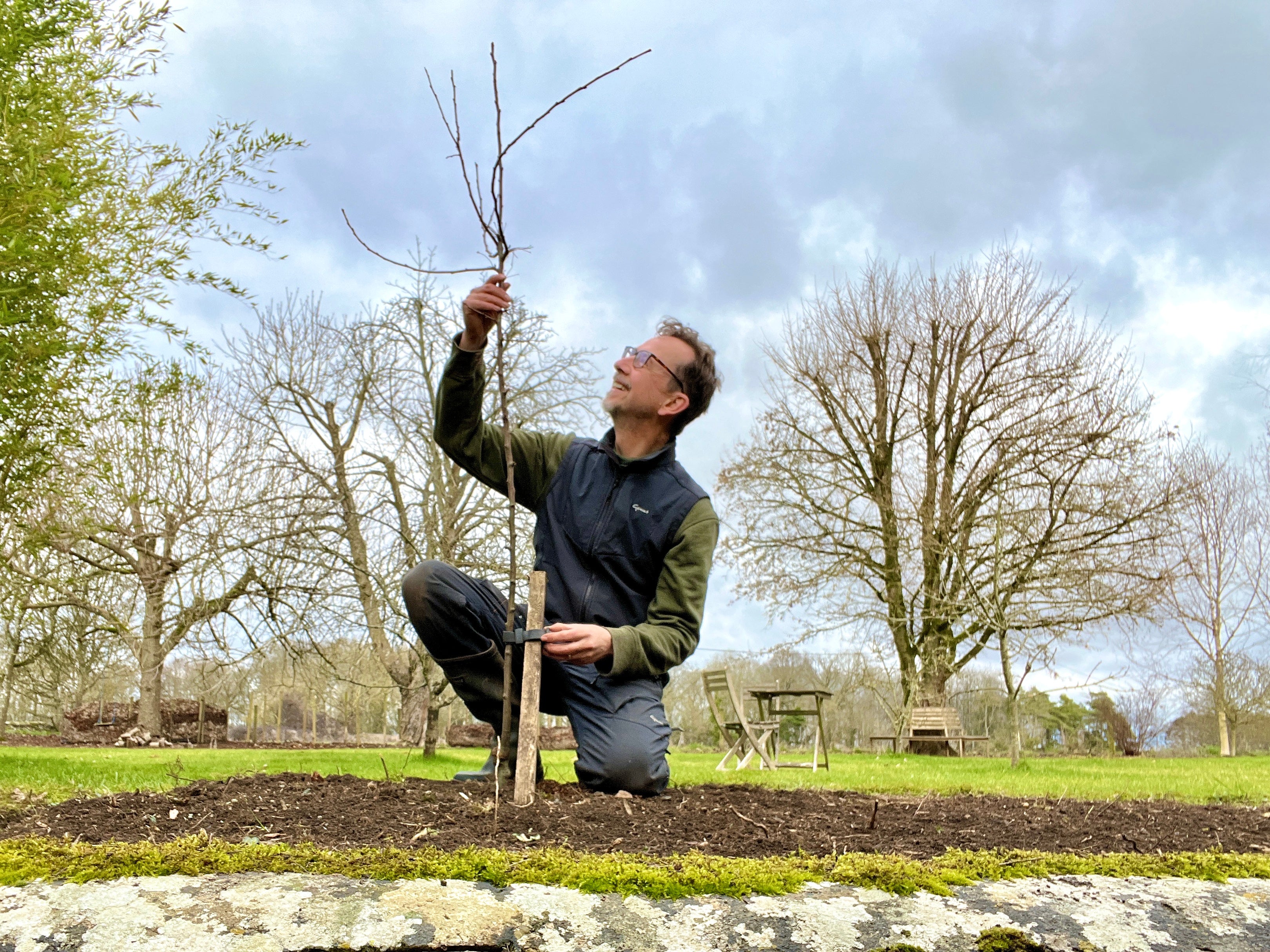
Several weeks ago regular readers will remember we removed our snow-battered and disfigured Lonicera hedge from outside the cottage front door. The resulting area, approximately 5 metres by 2 metres and shaded for a few decades, was free of grass and weeds and offered a fantastic opportunity for a new planted border.
We’re remaining undecided as to our future planting plans but one thing we did want was a flowering Malus. We already have one in the flower border at the back of the cottage and that performs exceptionally well. Decisions can be hard when the options are numerous but we quickly decided that we wanted a white flowered variety with small brightly coloured fruit. We’d seen one before and scratching our heads remembered its name: Malus ‘Wedding Day’! It was offered on a MM106 rootstock perfect for the available space. This specific rootstock helps offer a degree of drought resistance as well as reducing growth to 4 metres or just 2.5 metres if kept pruned.
The planting hole was dug and filled with a can-full of water and when drained the well soaked rootball was planted, sprinkled with Rootgrow, and the hole backfilled and firmed. Another can of water was then applied and a stake and tree-tie attached. With our minds not made up about the surrounding area we may simply have a display of annuals in the bed for this year - just a few packets sprinkled through the soil should offer an affordable and attractive splash of colour throughout the summer. And that should give us time to decide on a more permanent planting.


